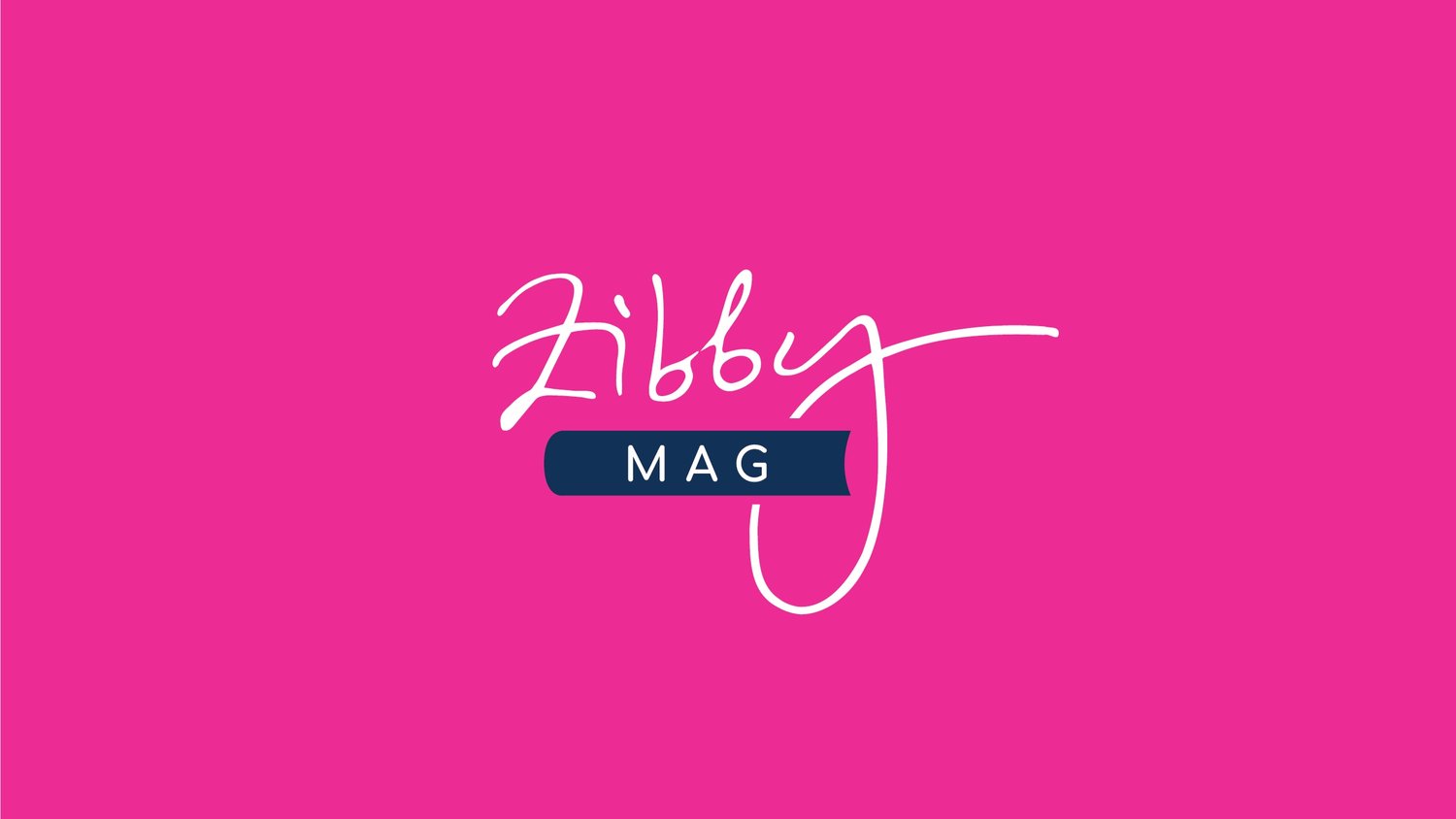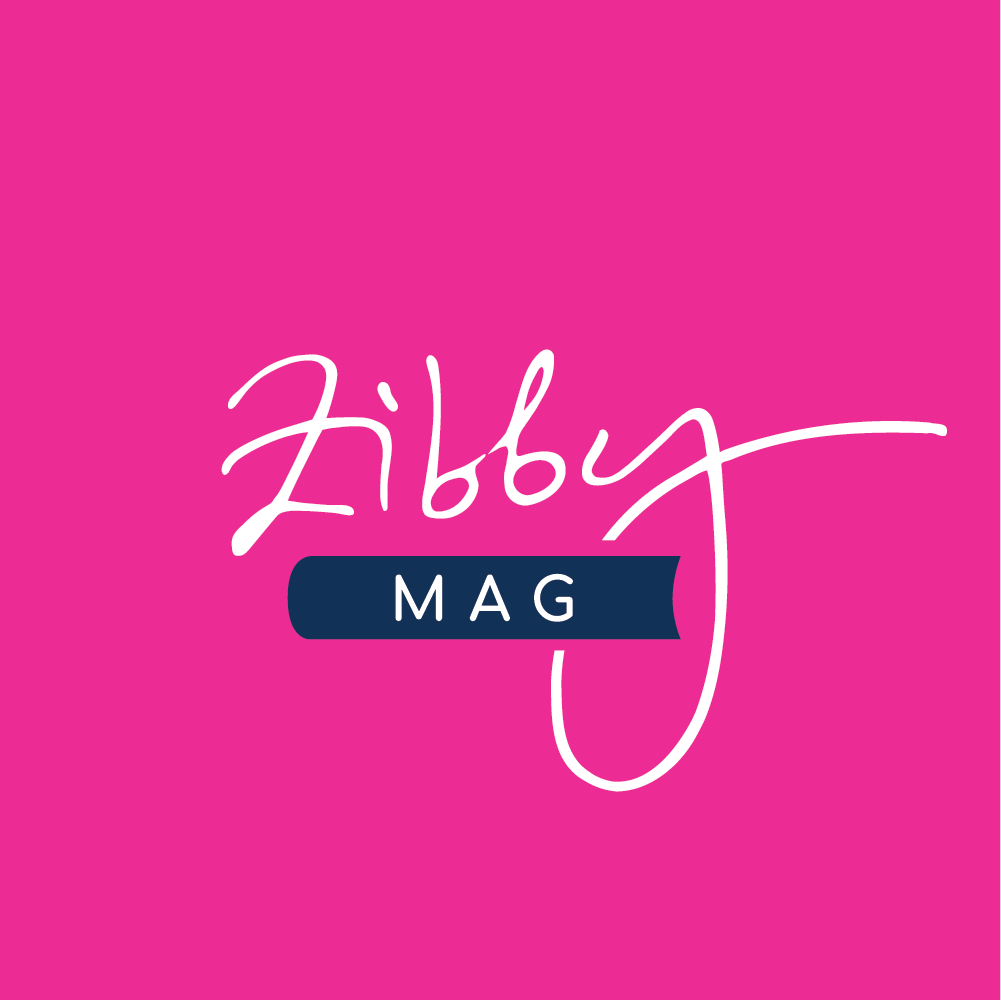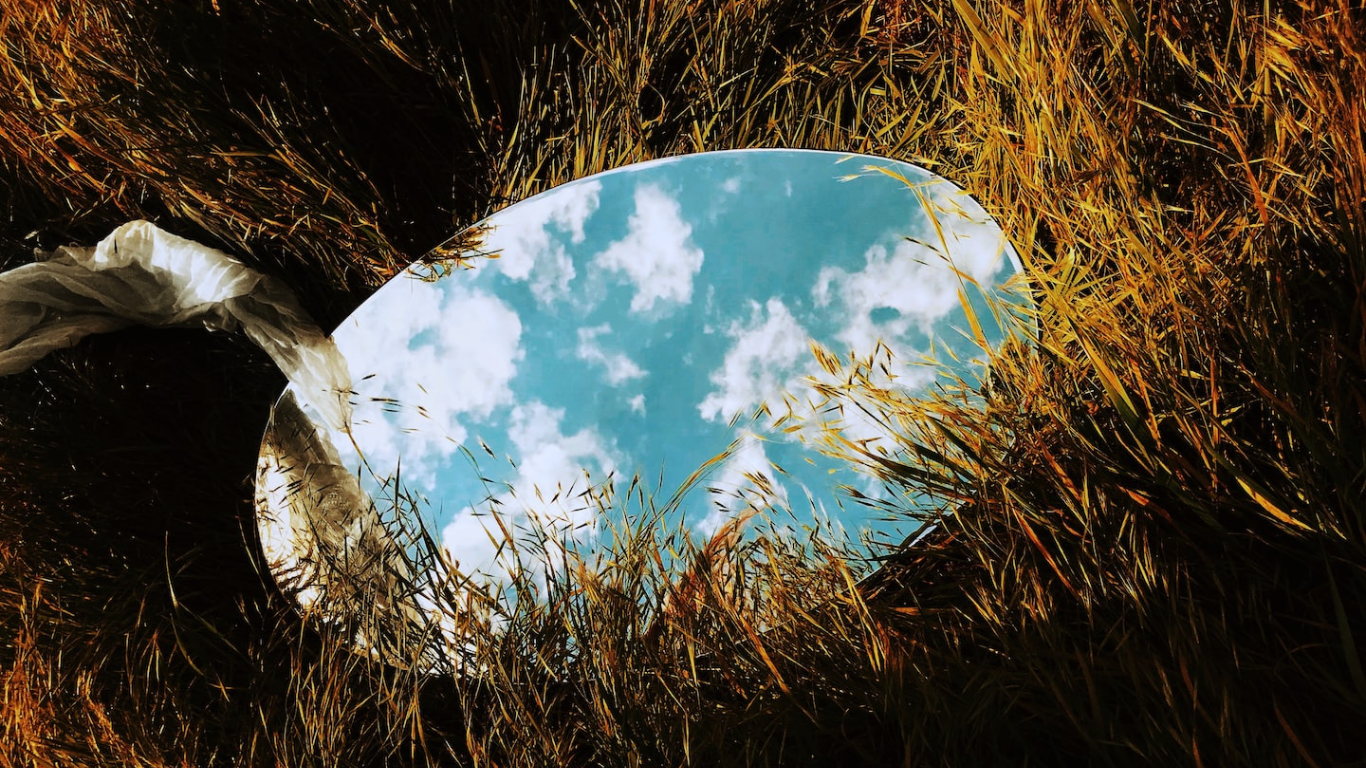At Eighteen Years Old, I Lost All My Hair From Chemotherapy
It took courage to look at myself in the mirror again
By Jenni Dawn Muro
“You might lose some hair” the oncologist had warned. I was only eighteen.
I held onto the hope that I’d be among the lucky ones, but the first clump clung to my Mason Pearson brush (the best brushes) just a few weeks into treatment. Once the rest began to fall out, I refused to shower because the water would carry it away even faster.
Rock-bottom arrived by my second round of chemotherapy. The owner of a major wig company in New York City came to my hospital room at the behest of my parents. She cut off my shoulder-length hair—highlighted by the Miami sun, where I’d been attending college—with a pair of golden shears. If my “style” was shortened enough, the “shock,” would be “less severe for a girl,” she explained. As if.
My youth was gone. I was a bald freshman banished from college. That’s who I saw in the traveling mirror as the woman sized me for wigs (yes, plural) made of real hair. Wait. Wigs made from human hair? How could I prepare for that?
A blonde layered wig with curtain bangs sat on a Styrofoam head atop my hospital nightstand. Her scissors trimmed it on the dummy first. I fidgeted as she positioned it on me. My eyes shut too. When they opened, she was also fitting a headband wig as my “backup option,” maybe for “treatment days.” And then we moved on to the “wig-of-all-wigs,” which would be ready in a week or two. She called it the “Rolls Royce of hair.” It would match my former locks.
“I thought that was the point,” I hissed aloud, “to look the same as before.” My mom handed her my yearbook photo from her wallet as my voice cracked.
With hair sacks in tow, I returned home in a rage. I didn’t want visitors; I didn’t want to talk to anyone on the phone. No one needed to see or hear from me.
Then came the mirrors.
First, I covered the bathroom mirror with a spare sheet. So long, reflection. Next was the antique mirror in the master bedroom where I stayed. I tucked a floral sheet behind all its gilded edges.
Between in-patient and emergency stints, we had to live at my grandma’s apartment in Queens to be closer to the hospital. She had a ton of mirrors and reflective surfaces. Dad eventually helped out, and after an hour, my image was gone.
I didn’t want to see my head without hair. I vowed to never look. I slept in the back-up headband wig, not in scarves like so many brave cancer friends did. When my parents or nurses weren’t hovering, I would sneak underneath the front and pet my scalp with a single fingertip. Sometimes with two. It felt smooth, warm, scary, nauseating.
The first buds of hair sprouted while I was recovering from the final round of chemotherapy. It came as a true shock to scratch one morning and discover peach-fuzz. Then it grew fuzzier and fuzzier, like a short-haired feline. I reached to feel for it more often, but the wigs remained.
The night I returned to Miami, to my college apartment, I realized that I’d forgotten about the largest mirror of all—the monster over my sink. I got dolled up in front of it so many days and nights before cancer. Cranberry lipstick, gold eyeshadow—naughty but joyous! I remembered those days of makeup and blow drying—all in the name of freshman first impressions! I took a breath then cried. I cried a lot during cancer, but this was louder, and freer.
I didn’t want to see my head without hair. I vowed to never look.
I decided it was time to pull back the wig. It fell onto the vanity. The mirror revealed someone I didn’t know but looked vaguely familiar. The long fuzz was somehow chestnut brown, almost black. I used to be blonde. I frankly expected a punkier crew-cut vibe happening under there, imagining Drew Barrymore’s infamous pixie. But I was a human mushroom. An ugly Chia-Pet.
How could I appreciate a second chance when I felt so betrayed by my own reflection? I sat in my closet on the rough mauve carpet, knees to chest, and cried some more. During the absolute meltdown I noticed a new sensation. The air touched my head. I could feel my scalp. Like an angel’s whisper. It tingled but wasn’t itchy. It was breathing. Finally.
That moment helped me stand up and walk back over to the monster. We meet again. I stroked my head carefully, back and forth, like an antique egg, squinting. I grabbed the Rolls Royce wig from its felt bag for the very first time. I threw it on, made a slight adjustment, and headed out to reunite with my friends.
From that evening onwards, I carried a braver head on my shoulders. I was no longer immobilized by the occasional glance at myself. Or other people’s glances. When people stared at me, and they did, well, their opinion of me didn’t matter. Nothing mattered more than the survival of the woman in the mirror.
Jenni Dawn Muro is a professional survivor, from a cancer diagnosis in her teens to a spinal cord and brain injury just a few years ago. Jenni also braved a career in Hollywood working with some of the most famous talent in the world. Now a mother to an eight year old and two rescue dogs, she lives with her family in Tennessee. Most recently, Jenni was diagnosed with Lyme disease. She currently works as an entertainment consultant and is at work on a memoir.


